What is Generative AI & Its Impact On Various Industries?

Generative AI refers to a category of AI algorithms that are designed to generate various types of content or data that resemble the input data it was trained on. It can be used to create a wide range of content, including images, videos, audio, text, synthetic data, and even entire virtual environments.
One of the most well-known applications of generative AI is in the field of natural language processing, where algorithms can generate realistic human faces, synthetic data for AI training, or even facsimiles of particular humans.
These algorithms use machine learning applications such as neural networks, deep learning, recurrent neural networks, and reinforcement learning to learn patterns in the input data and generate new data based on those patterns.
Generative AI has a wide range of applications, including in the fields of art, design, gaming, generating image instances, and entertainment. It can also be used in scientific research, such as generating new molecules for drug discovery or simulating complex physical processes.
Generative AI Models
Generative AI commonly works by training a deep learning model on a dataset of input images, which is then applied to create new images. These models use a probabilistic approach to generate new output based on the patterns and features found in the input data.
It utilizes several Generative AI models like ChatGPT, Dall-E, Bard, and Transformers. However, Generative Adversarial Networks (GANs) and Variational Autoencoders (VAEs) are two of the most prominent generative AI model types.
- Generative Adversarial Networks (GANs)
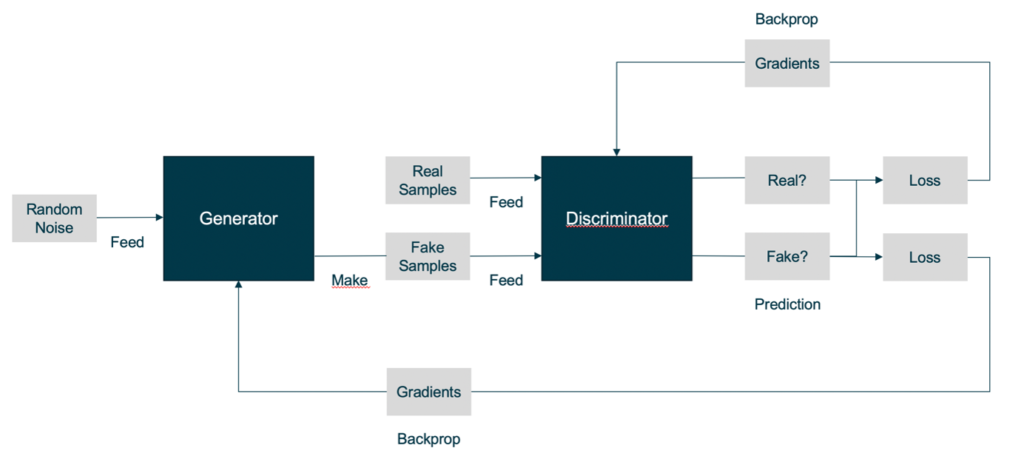
GAN models comprise two neural networks, a generator, and a discriminator. The generator tries to produce realistic output that mimics those in the training set, while the discriminator tries to distinguish between actual photos from the training set and fake images generated by the generator, providing feedback to the generator on how to improve the generated samples.
The generator and discriminator are trained in tandem in a procedure known as adversarial training. During this training, the generator generates data that “fools" the discriminator while the discriminator distinguishes between real and generated data. Through a process of competition, the generator learns to create increasingly realistic data.
2. Autoencoders
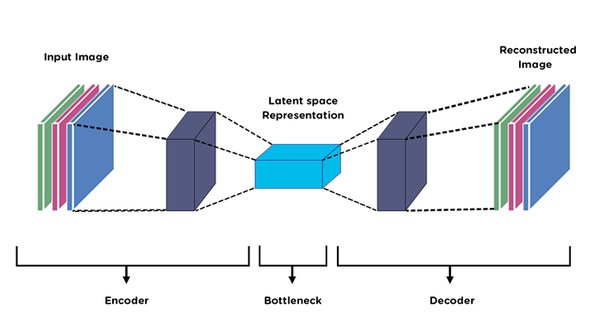
Autoencoders learn to encode input data into a smaller, more dense representation of the data and then decode it back into the original format. They can also be used to generate new data by sampling from the learned distribution. The encoder and decoder work together to learn an efficient and simple latent data representation
3. Variational Autoencoders (VAEs)
Variational Autoencoders models are similar to autoencoders but are exposed to a large dataset of images, and it learns the patterns and features of images to understand the probability distribution over the encoded data, allowing them to generate new samples by sampling from this distribution.
4. ChatGPT (Generative Pre-trained Transformer)
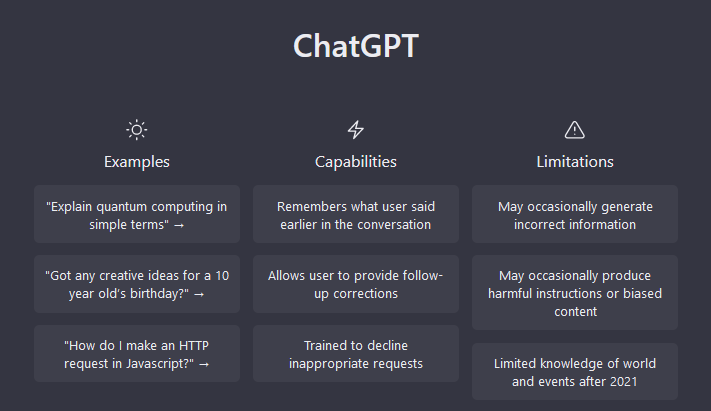
It is an AI-powered chatbot application built on OpenAI's GPT-3.5 implementation that uses a deep learning architecture called transformers to generate human-like text and can generate an answer to almost any question asked. It is pre-trained on vast amounts of text data, making it capable of generating contextually coherent responses to user inputs in natural language conversations.
5. DALL-E
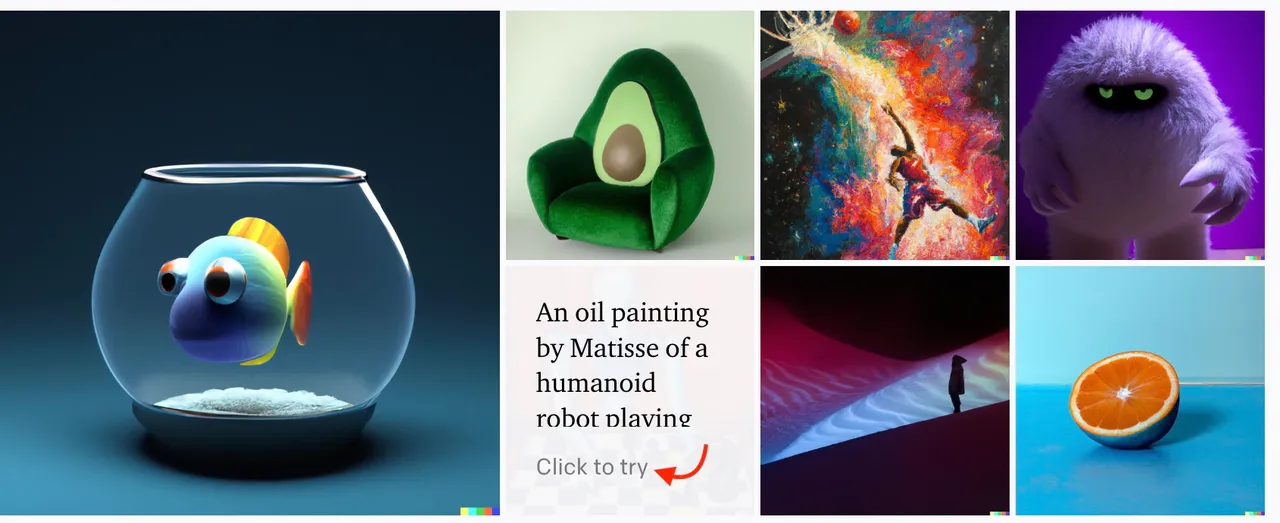
DALL-E is a neural network model developed by OpenAI that generates images with text to graphics prompts. It is capable of generating a wide variety of images, including animals, objects, and scenes, as specified by the user's prompts. It is trained on a huge dataset of text and image pairs, allowing it to learn the relationship between them.
6. BARD (Building Auto-encoder Representations from Transformers)
.webp)
BARD is a model that combines the power of transformers and autoencoders to generate high-quality pictures. It uses transformers to encode input data and autoencoders to decode the encoded representation to generate new output data. BARD is capable of generating high-quality images with fine details and textures, making it useful in applications such as image editing and generation.
Impact of Generative AI
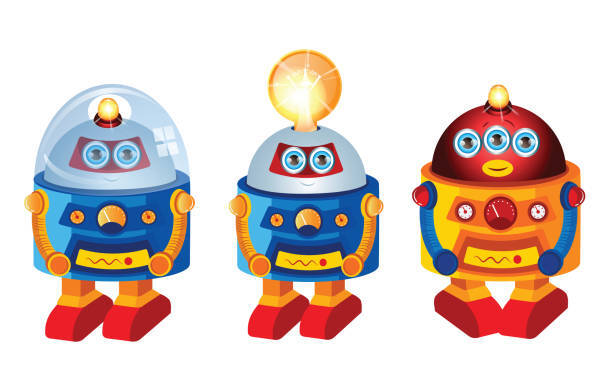
Generative AI has a significant impact on a wide range of fields, including art, entertainment, gaming, medicine, chatbots, and scientific research. Some of the use cases for generative AI are expected to have an impact:
- Automation: Generative AI can be used to automate certain tasks, such as the creation of concise and engaging product descriptions and content titles, discovering new topic ideas, building SEO content, creating a content structure, or the generation of stock pictures for marketing materials.Email automation that comes up with fast responses to common customer queries and requests.
- Customization: Generative AI can be used to create personalized and customized content, such as music playlists, recommendations for products or services, solutions to clients depending on their queries and history, and even in Writing email responses, dating profiles, resumes, and term papers.
- Customer service: Generative AI is automating customer service tasks via training chatbots against the kinds of questions service agents get from various customer types, technical support that can offer customer service channels 24/7, Multilingual support, and localization, thus, catering to a large cross-section of society.
- Scientific simulations: Generative AI can be used to simulate complex physical and biological systems, such as weather patterns, fluid dynamics, or the behavior of proteins. This could lead to new insights and discoveries in fields such as physics, chemistry, and biology.
- Drug discovery: Generative AI can be used to suggest new drug compounds to test, and analyze large data sets on drug interactions, side effects, and efficacy, helping in drug discovery and repurposing. It can assist radiologists in detecting cancer, heart diseases, and neurological disorders by analyzing medical images, such as X-rays, CT scans, and MRIs. This could potentially lead to the development of new treatments for a wide range of diseases.
- Finance: Fintech companies can use Generative AI technologies to automate repetitive tasks, improve productivity, and make quick decisions. In finance, Generative AI can be used in Fraud detection, Risk assessment, Credit scoring, Pricing optimization, Investment portfolio management, Trading strategies, Robotic process automation, and Analyzing market conditions and historical data.
- Enterprise search: Enterprise search is the process of analyzing and retrieving information from a variety of sources within an organization. Generative AI can be used to enhance enterprise search capabilities and can securely read through all of a company’s documents, such as research reports or contracts, and then answer queries about them. It can also identify which parts of the documents are most important. This can help people in the company learn more and share information better.
However, there are also concerns about the impact of generative AI, including the potential for it to be used for malicious purposes, such as creating convincing fake videos or images. It is important to continue to develop ethical guidelines and regulations to ensure that generative AI is used in a responsible and beneficial way.
How is generative AI related to synthetic data?
Generative AI is closely related to synthetic data, as both involve using AI techniques to create new sets of data that can be used for training machine learning models. The power of synthetic data to provide features that otherwise wouldn't be possible with real-world data makes it crucial for a variety of applications.
Many companies are opting for synthetic data over real data as real-world data is scarce, expensive, or difficult to obtain. Also, privacy concerns prevent the use of real data. Generative AI is being used to create synthetic data that closely resembles real-world data to achieve high accuracy in training ML models.
Generative AI can also be used to augment existing annotated datasets. For example, a generative model can be used to create additional patterns of a specific type of object in a dataset of images, providing more diverse and representative examples for training machine learning models.
We at Labellerr help you by providing synthetic datasets. We are also efficient in training data models as we are a data training platform with an experienced team of annotation experts to support you at a higher level. To scale your AI and machine learning project, we help our customers to get high-quality training data.

Simplify Your Data Annotation Workflow With Proven Strategies
.png)


